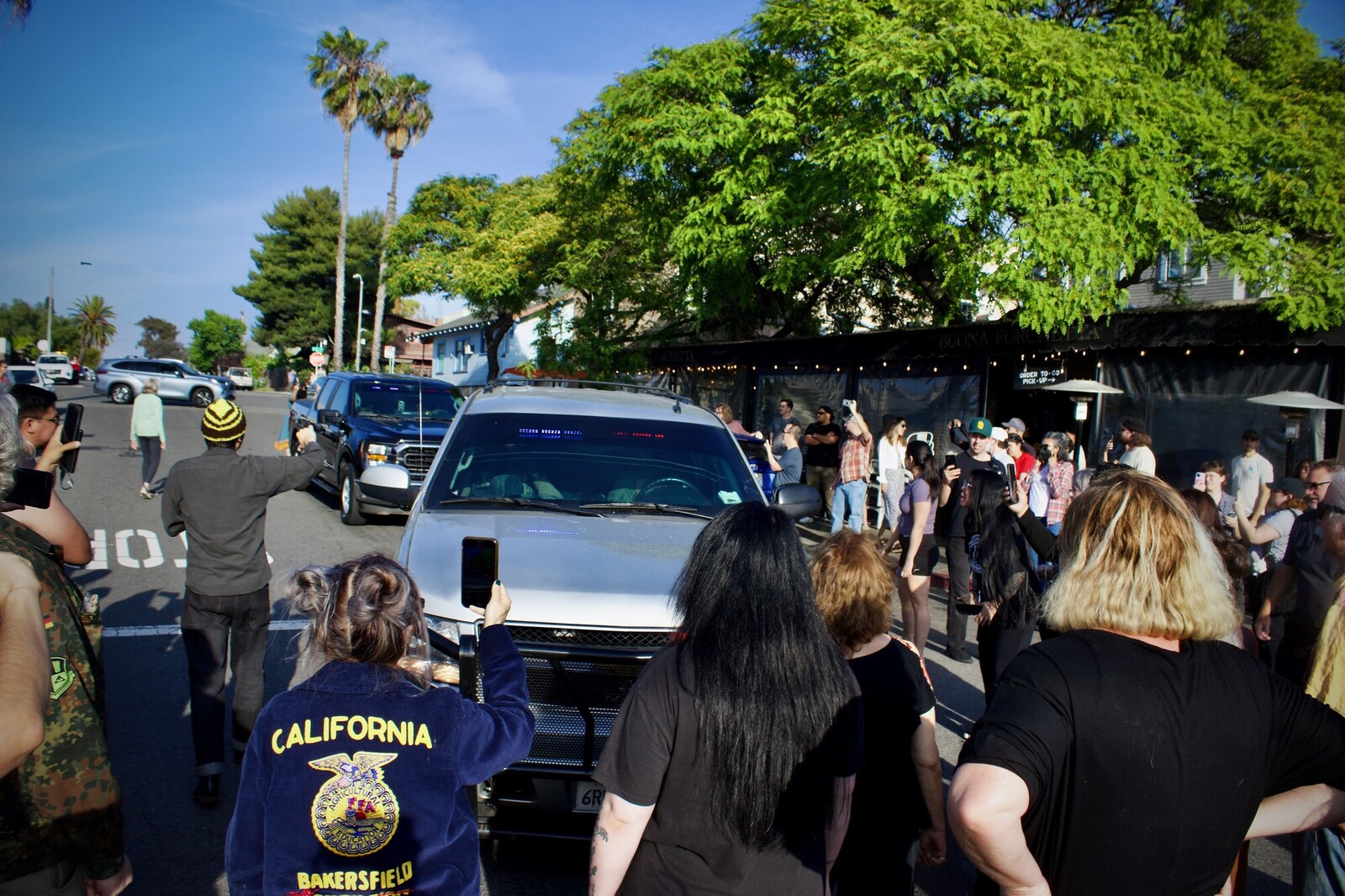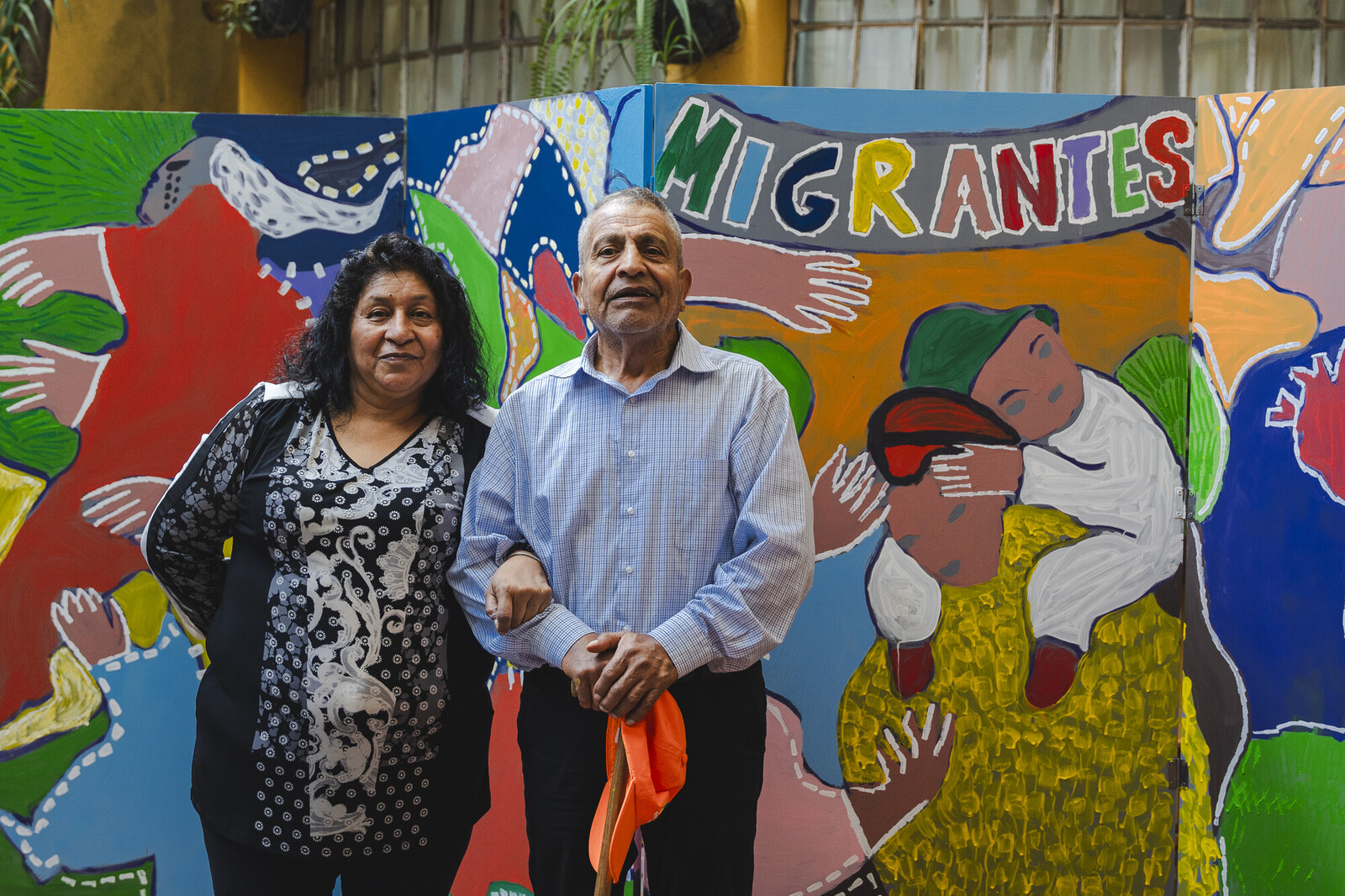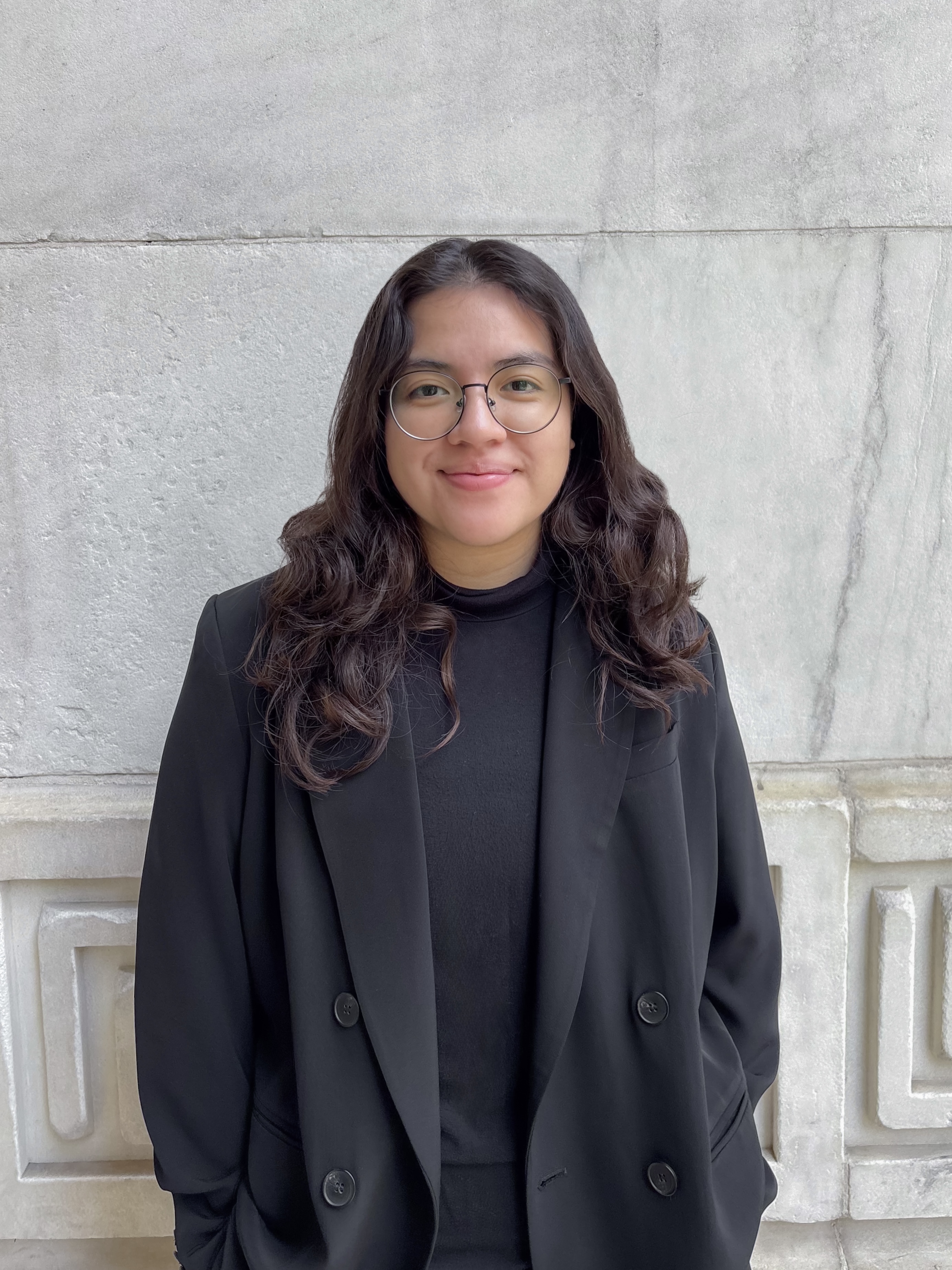
Elizabeth Detention Center in New Jersey. Photo: Nathaniel Doubleday/AFSC
For the past three months, I’ve been working as a detention documentation specialist at AFSC. I document human rights violations committed by immigration enforcement agencies and help locate individuals who’ve been detained. I never imagined that my work would overlap so directly with my own family’s story. But in many ways, that’s the reality of immigration in this country—a line between professional responsibility and personal experience can blur in hard, unexpected ways.
I have a cousin who immigrated to the U.S. from a small village on the coast of Guatemala. Growing up, I’d visit him there, where family friends looked after me, while my parents stayed behind as they worked to resolve their own immigration cases.
One day, my cousin messaged me a photo from Universal Studios. I learned he had moved to Los Angeles and was living with his uncle. Both worked long days painting houses, the kind of jobs that keep neighborhoods running but rarely get acknowledged.
But one afternoon in March of this year, my cousin never came home. Our family started calling, texting, checking in with neighbors. Hours passed.
It was through neighbors that we learned what had happened. ICE agents had picked them up in unmarked cars at their worksite that day. The agents wore masks, making them nearly indistinguishable from kidnappers. Because of his line of work, my cousin was caught in the Trump administration’s efforts to detain and deport millions of immigrants from the U.S. My family had no information, no phone call, no official notice. Just silence, panic, and, eventually, anger.
A few weeks later, I learned that my cousin had been transferred to a detention facility where he would remain in limbo for months. Isolated from family, denied clear information, and eventually forced to confront the possible reality of not coming back home. Ultimately, he was deported back to Guatemala.
That silence my family faced when my cousin went missing is not unique. Every day, people across the country wake up to find loved ones gone, swept into a system designed to disorient and create fear.

When federal immigration agents showed up in a San Diego neighborhood, community members quickly responded to protest and document their actions. Photo: Pedro Rios/AFSC
This is where my work with AFSC comes in. I help track people who are detained, piecing together information from our staff and other local organizers. Sometimes, it’s as straightforward as confirming someone’s name in ICE’s online locator system. But more often, it’s detective work: calling ICE detention centers where staff often won’t answer basic questions. It’s hours of checking databases that aren’t updated. All bureaucratic hurdles designed to exhaust.
As I scrambled for information about my cousin, I realized how closely this mirrored what I do as part of my role at AFSC: investigating disappearances, gathering evidence, and reconstructing the stories of people who suddenly vanish into detention.
What I’ve learned is that accurate documentation is not just about data—it’s about power. When we know where someone is, when we’ve recorded the details of how they were taken, when we can track patterns across ICE raids and facilities, we are building evidence. This evidence can support legal defense, inform advocacy campaigns, and provide families with a foothold in a process that is often meant to overwhelm them.
The challenges are constant: misinformation, unanswered phone calls, bureaucratic resistance, and the emotional weight of the unknown. In one recent case, for example, I worked to locate a missing person who was picked up by ICE in New Jersey. He had been on his way to landscaping work at around 6:45 in the morning.
I followed every step: using the ICE locator system, searching federal prison databases, and calling local ICE field offices. After logging 20 unanswered calls to the ICE office in Newark, we finally confirmed that the community member had been transferred to a detention facility in Elizabeth and deported to Guatemala. The entire process had stretched over six days.
But the goal of our work is clear— to resist erasure. To ensure that people don’t slip through the cracks. To affirm that immigrants are not simply statistics but vital members of our communities. Each has agency, dignity, and stories that matter. They have family and friends who love them and rely on them. My cousin’s story is one of thousands, but each story is also evidence in a larger case for stopping detention and deportation that tears apart families and communities.
And yet, alongside this despair, it's important to acknowledge all the resilience and endurance I’ve seen. In New Jersey and across the U.S., AFSC supports individuals and organizations that work every day to protect community members. Nationwide, volunteers are staffing hotlines to report ICE and forming rapid response networks to show up at detention centers, court hearings, and workplaces. Neighbors are organizing watch groups to warn each other when ICE is nearby and document what happens. Everyday people are rejecting government raids as normal.
Working on these cases, I'm often confronted with the reminder of my own helplessness. But I also remember the strength that comes from connecting with others who refuse to look away.
That’s the work I carry with me now: helping locate those who've gone missing—and also finding the threads of strength and solidarity that endure in the face of detention cruelty.
Immigration has and always will remain relevant to both my professional and personal life. Throughout these years, one truth has become clear: an immigration system built on detention and deportation cannot be fixed—it must be fundamentally transformed.
This means finding our collective strength, our shared humanity, and the power of community organizing. It means stories being told in full, not just as moments of suffering but as calls to action. Because to me, resistance now looks like ordinary people refusing to let fear dictate how they live.

